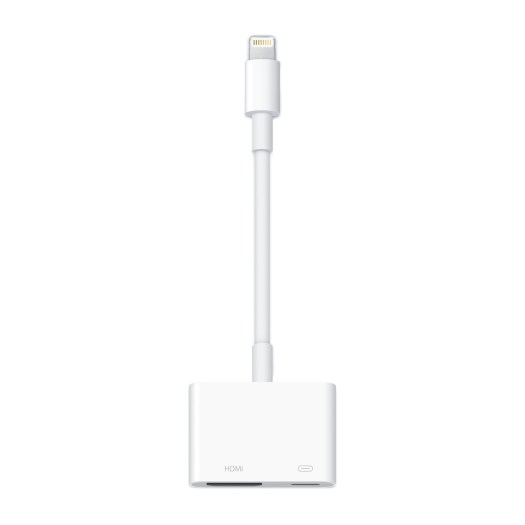
I have an Apple Lightning Digital AV Adapter. As well as using it for presentations, I also bought it so I could connect my iPhone to a TV so I can watch video from services such as Netflix, iPlayer, and Amazon Prime.
According to the description on the Apple website this is what it does.
Use the Lightning Digital AV Adapter with your iPhone, iPad, or iPod with Lightning connector. The Lightning Digital AV Adapter supports mirroring of what is displayed on your device screen — including apps, presentations, websites, slideshows, and more — to your HDMI-equipped TV, display, projector, or other compatible display in up to 1080p HD.
Well for that purpose it does what it says on the tin.
The page also says.
It also outputs video content — movies, TV shows, captured video — to your big screen in up to 1080p HD. Simply attach the Lightning Digital AV Adapter to the Lightning connector on your device and then to your TV or projector via an HDMI cable.
Well yes, that is what it says, my experience is that this experience is less consistent.
I recently connected my iPhone to a Philips TV in a hotel room and attempted to play a TV show from Amazon Prime. The result was a stuttering video which was unwatchable.
I remembered though that a few weeks back I had done something similar, but with a Sony TV and that had worked fine.
I did check online for a solution, others had experienced the same problem. The solution offered though was to use AirPlay. Great if you have that set up (which I do at home with an Apple TV). However I don’t have that setup when travelling to different hotels.
So the end result is, if it doesn’t work, I am watching video on the 6” screen on my iPhone rather than the 50” TV screen in the hotel room.












